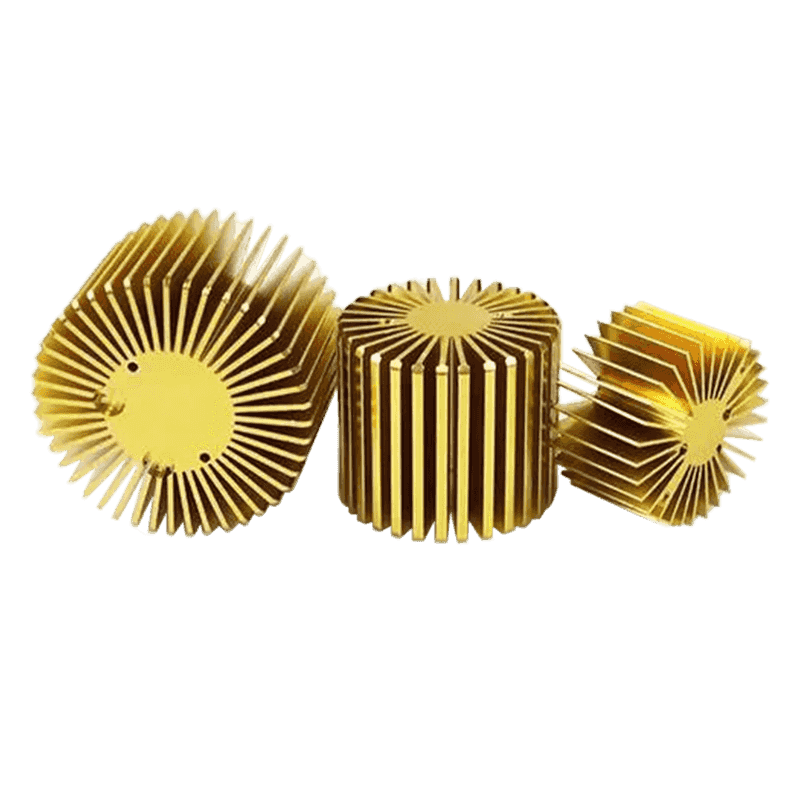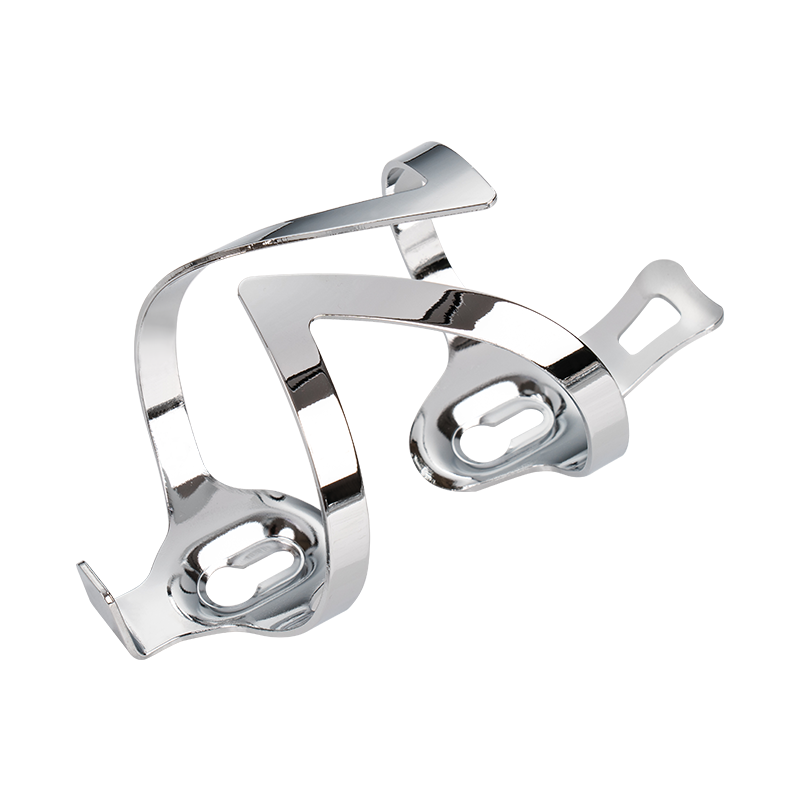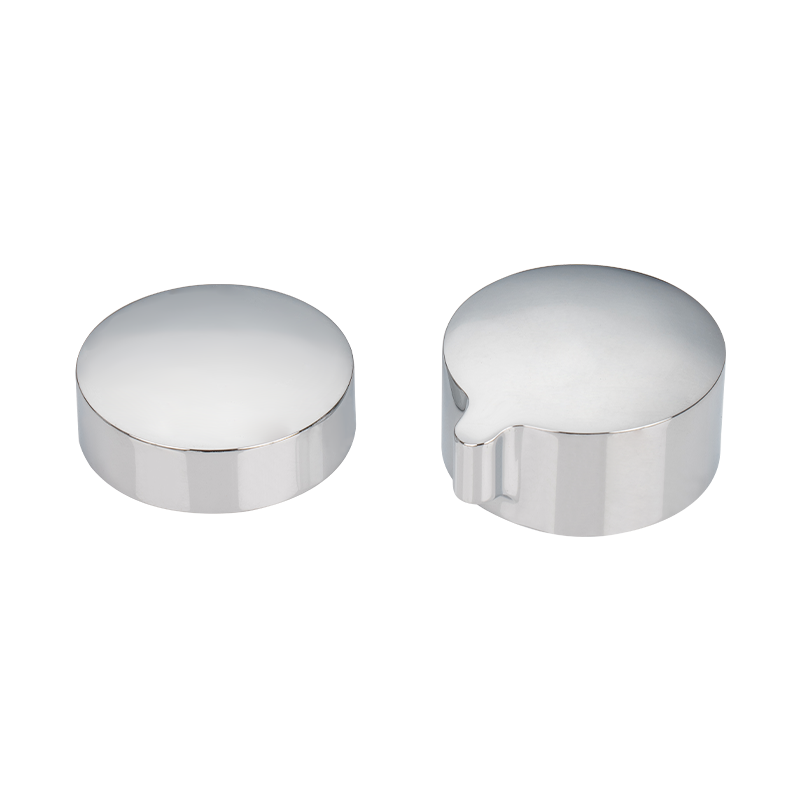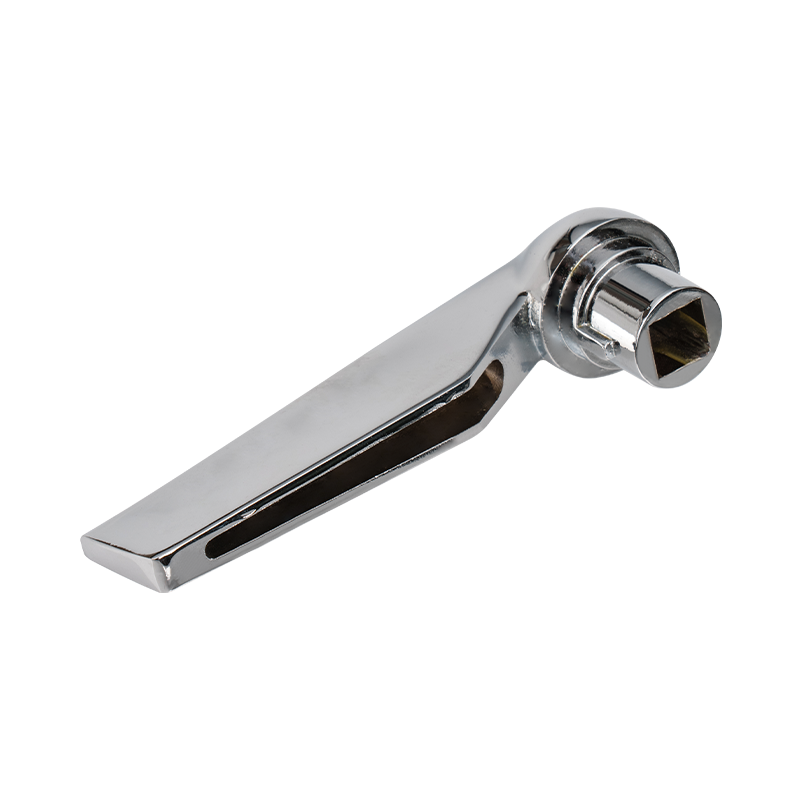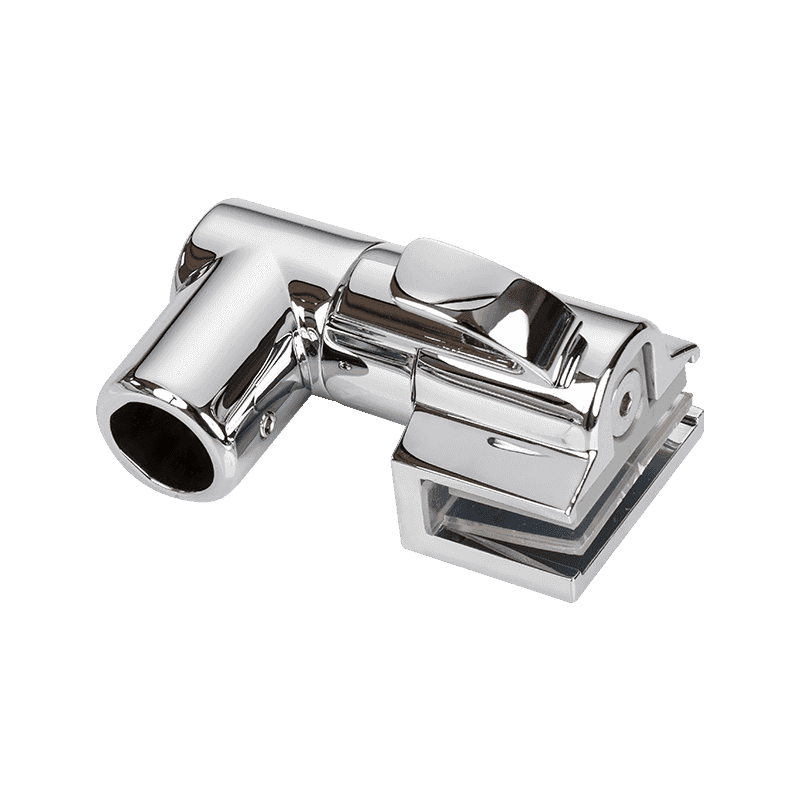Are appropriate lubricants used in aluminum extrusion and processing to reduce friction and avoid excessive wear?
10-01-2025In the aluminum extrusion and processing process, the selection and use of lubricants is not only to reduce friction and wear, but also plays an important role in many aspects. Lubricants can form a protective film between the aluminum and the die, reducing direct metal contact, thereby reducing the generation of frictional heat. This is essential to prevent equipment overheating, improve processing stability and avoid mold damage. Excessive friction not only causes processing difficulties, but also increases equipment wear, increases maintenance costs, and may shorten the life of the mold.
Lubricants can work stably under high temperature conditions, ensuring that they are still effective in the high pressure and high temperature environment of aluminum extrusion, avoiding performance degradation caused by temperature changes. High-quality lubricants usually have good thermal stability and can maintain their lubricating properties at higher operating temperatures to prevent the rupture or failure of the lubricating film.
The use of lubricants can also help reduce the adhesion of metal surfaces during the extrusion process and reduce the risk of aluminum getting stuck in the die. If this surface adhesion occurs, it may cause the aluminum to deform or break, affecting the precision and surface quality of the product. By reducing this adhesion phenomenon, lubricants help ensure the smoothness of the aluminum surface, thereby improving the appearance and functionality of the final product.
The correct use of lubricants also helps improve production efficiency. During the aluminum extrusion process, the reduction in friction allows the aluminum to pass through the die more smoothly, reducing energy consumption and processing time. This not only improves production efficiency, but also helps save energy and reduce overall production costs.
The cleanliness of the lubricant is also crucial. If the lubricant remains on the surface of the aluminum, it may affect subsequent treatment processes such as anodizing or spraying. The right lubricant should be easy to clean and leave no undesirable residue, so as to avoid interference with subsequent processes. To this end, many modern lubricants have been improved and use environmentally friendly formulas to reduce pollution to the environment. They are also easy to clean and remove.
When choosing a lubricant, it is necessary to comprehensively consider the alloy composition of the aluminum, the processing technology, the temperature requirements, and the compatibility of the lubricant. Some aluminum alloys may have different lubricant requirements than other types of aluminum, so choosing the right lubricant is key to ensuring the smooth progress of the entire aluminum extrusion process.
Are You Interested In Our Products
Leave your name and email address to get our prices and details immediately.

 English
English 中文简体
中文简体 Deutsch
Deutsch русский
русский





